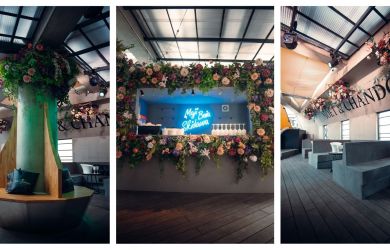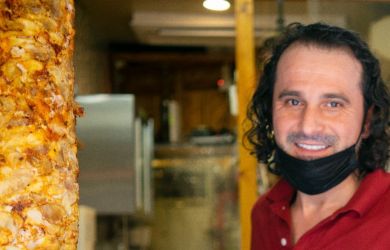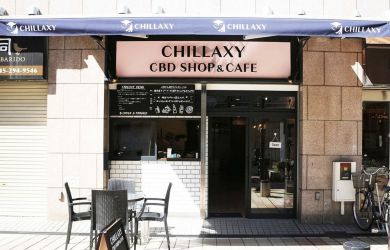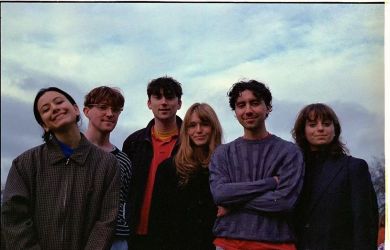
Originally published on metropolis.co.jp on December 2009

Formula 1’s a funny sport. Imagine if the NBA, NFL or Premier League changed most of its teams and venues every few years, or if the teams themselves were sold and renamed and all the players swapped on a regular basis. That’s F1 in a nutshell. On top of that, you’re never quite sure who the real star is: the car, the driver, the team boss, his mechanics—or the companies who pay obscene amounts of money for the right to splash their logos over everything in sight.
Formula 1 has been through the grinder over the last few years, but it’s still the most glamorous sport in the world. And the most expensive: annual budgets for some teams run into hundreds of millions of dollars (and presumably that doesn’t include the shaken). Is it worth it? And with a number of key players dropping out, does it have a future?

Honda and Toyota tried desperately to compete with the major European teams on the F1 circuit, but found limited success at best. Despite huge outlays, both teams struggled to produce competitive cars. Honda did manage a win with Jenson Button in 2006, but at the end of last year, with the world economy—and particularly the auto industry—in bad shape, the company was forced to offload its team to Ross Brawn. Just to rub it in, the Brawn team went on to take the competition by storm, winning the drivers’ championship (with Button) and the constructors’ championship.
Toyota plodded on for another year before deciding that the investment wasn’t worth it—they are, after all, already the world’s top auto manufacturer. The announcement that Toyota was quitting came shortly after Bridgestone, which had been F1’s exclusive supplier of tires, revealed that it was also exiting the sport.
Those haven’t been the only upheavals, either. BMW is selling out to Sauber, while Mercedes has split with McClaren and taken over the Brawn team. With the Federation Internationale de L’Automobile (FIA) allowing 26 cars on the grid in 2010, four new teams will be hitting the circuit: Campos Meta, formerly of GP2 and headed by retired driver Adrian Campos; Lotus F1 Team, which is partly run by the Malaysian government; Team US F1, run by a former Williams team staff member; and Virgin Racing (originally listed as Manor Grand Prix), which will be supported by Sir Richard Branson’s Virgin Group.
One team that hasn’t yet decided on participation at the time of writing is Renault. Though it has already been entered for 2010, the company said a final decision about whether it would race would be made this month.

Things didn’t exactly go smoothly for Renault F1 in 2009, after it emerged that former team boss Flavio Briatore had ordered Nelson Piquet Jr. to deliberately crash in the 2008 Singapore Grand Prix in order to assist his teammate Fernando Alonso, who went on to win the race. F1 supremo Bernie Ecclestone called it “a completely insane action,” and Briatore was banned from racing indefinitely. To add to Renault’s woes, Alonso has since defected to Ferrari—where he’s reportedly getting a salary of around $30 million a year—and they’ve lost their main sponsor, Dutch bank ING. On the plus side, they have signed Robert Kubica to drive for 2010 and are said to be negotiating with new Japanese star Kamui Kobayashi.
While F1 had applications from 15 new teams for 2010, there are already doubts about whether the four that were chosen will be able to meet their obligations and be ready for the start of the season in Bahrain on March 14. There are even rumors that some of the teams were created merely so they could be sold on to other investors at a higher price. On top of that, two of the dates on the F1 calendar may have to be scrubbed if the circuits aren’t ready in time: the British GP at Donnington and the Korean Grand Prix at Yeongam.
However, it isn’t all bad news for F1. Ecclestone is firmly in charge of his $6 billion enterprise, and the FIA is now being run by former Ferrari boss Jean Todt, after the unpopular and scandal-tainted Max Mosley agreed to step down to maintain peace. There will be up to 19 grands prix in 2010, with a calendar that confirms how globalized the sport has become. And as an added bonus, Michael Schumacher may even return to action to drive for Mercedes.
The Japanese Grand Prix will be at Suzuka on October 3 next year. Don’t expect anything except surprises.







